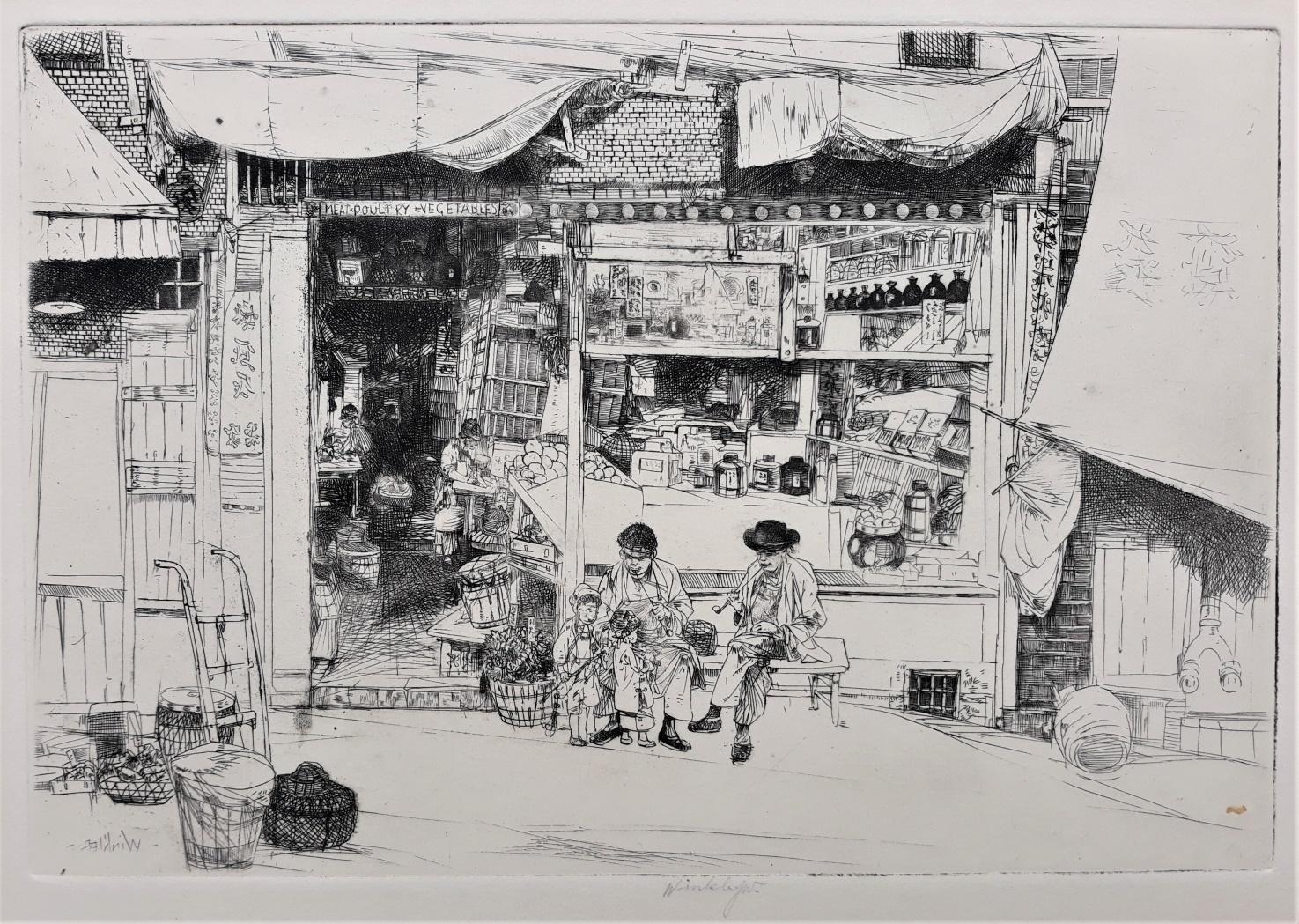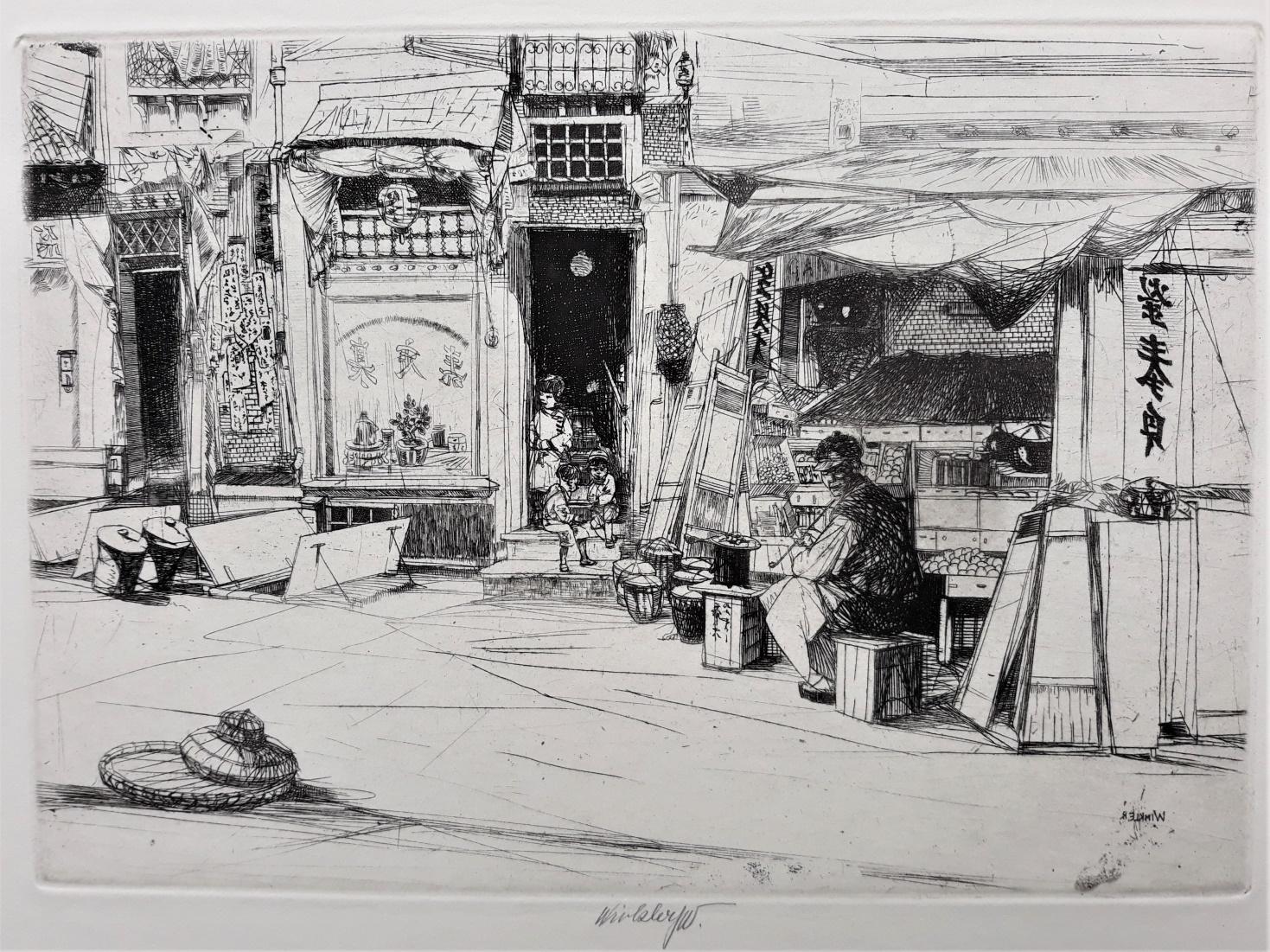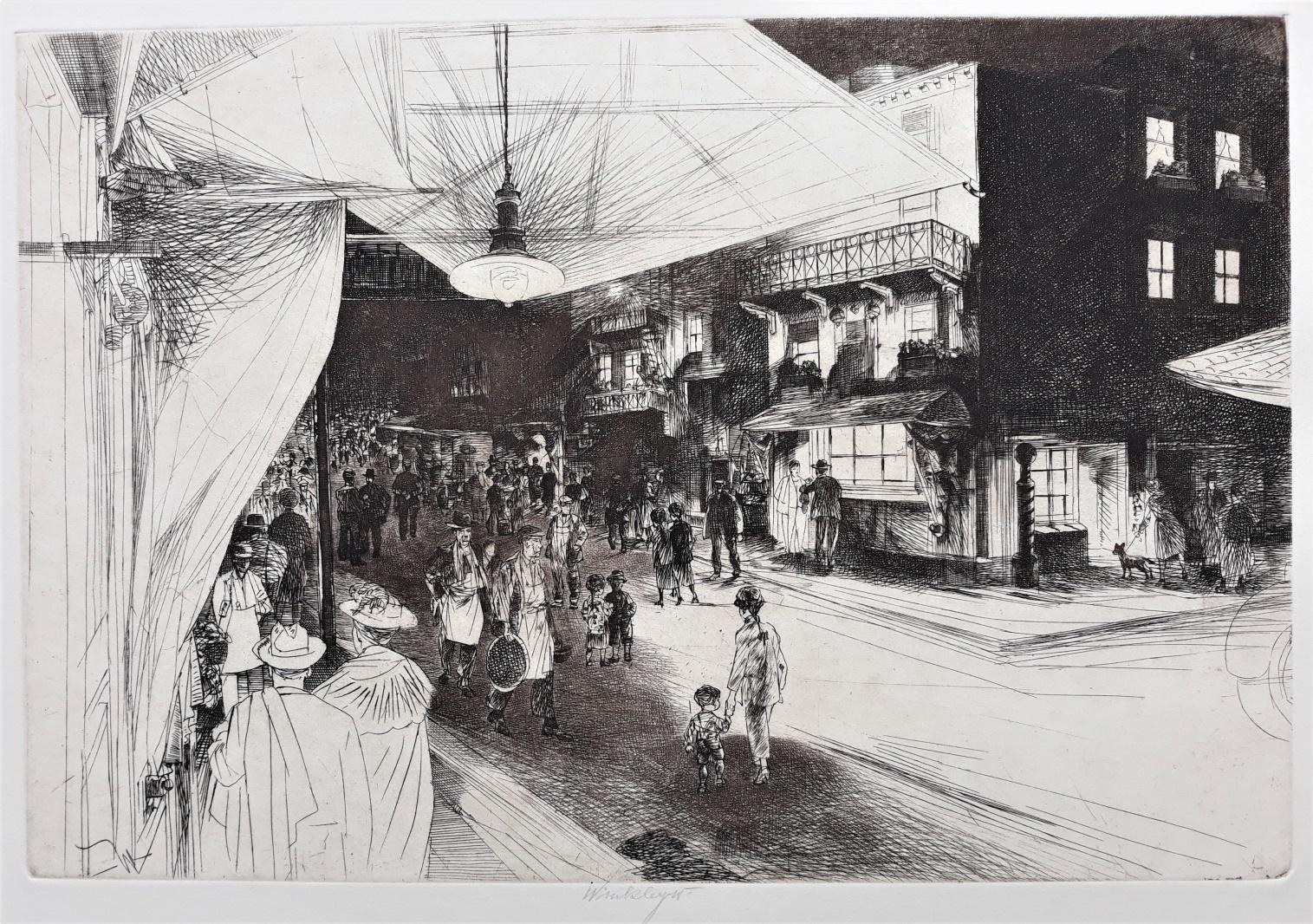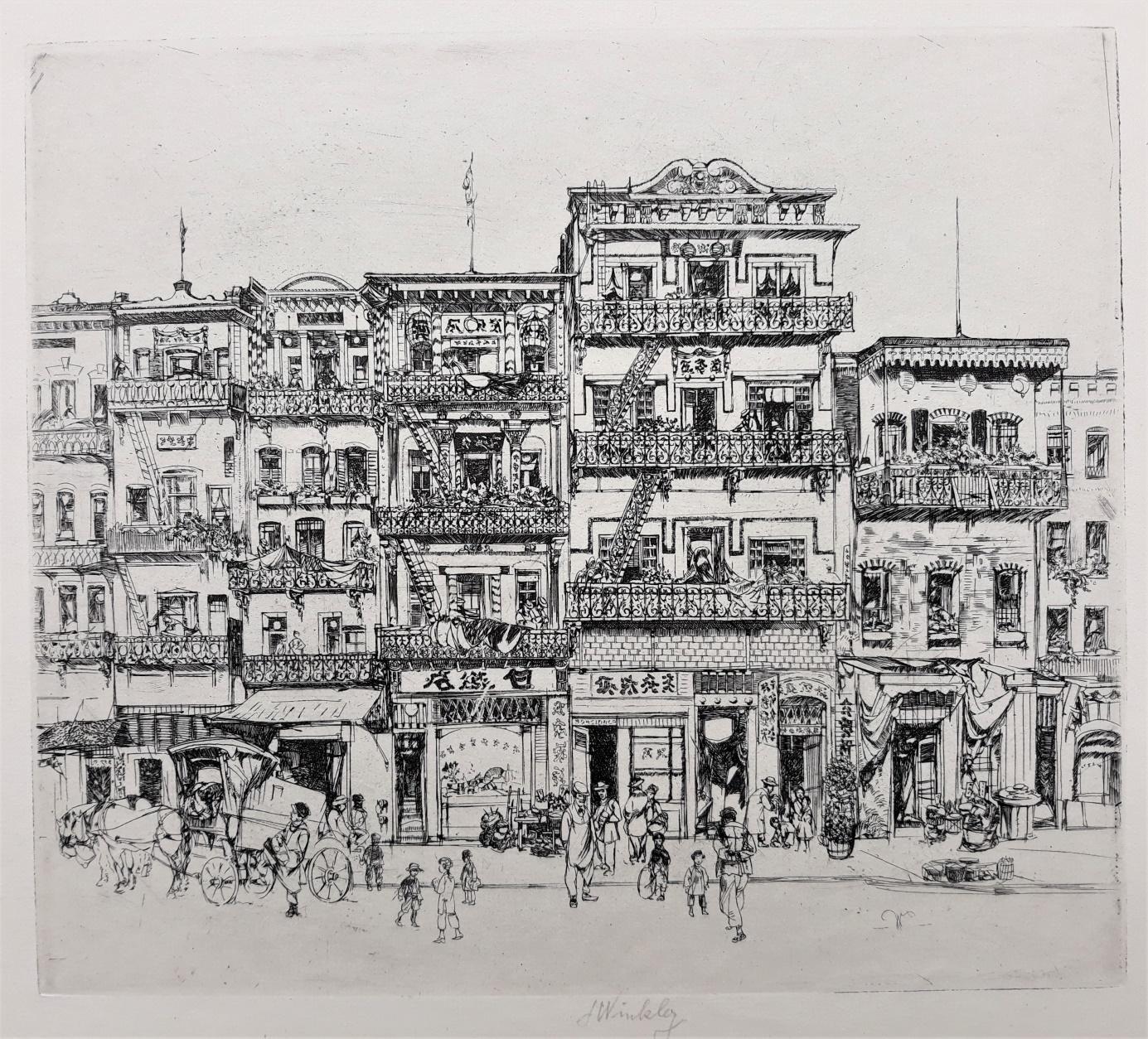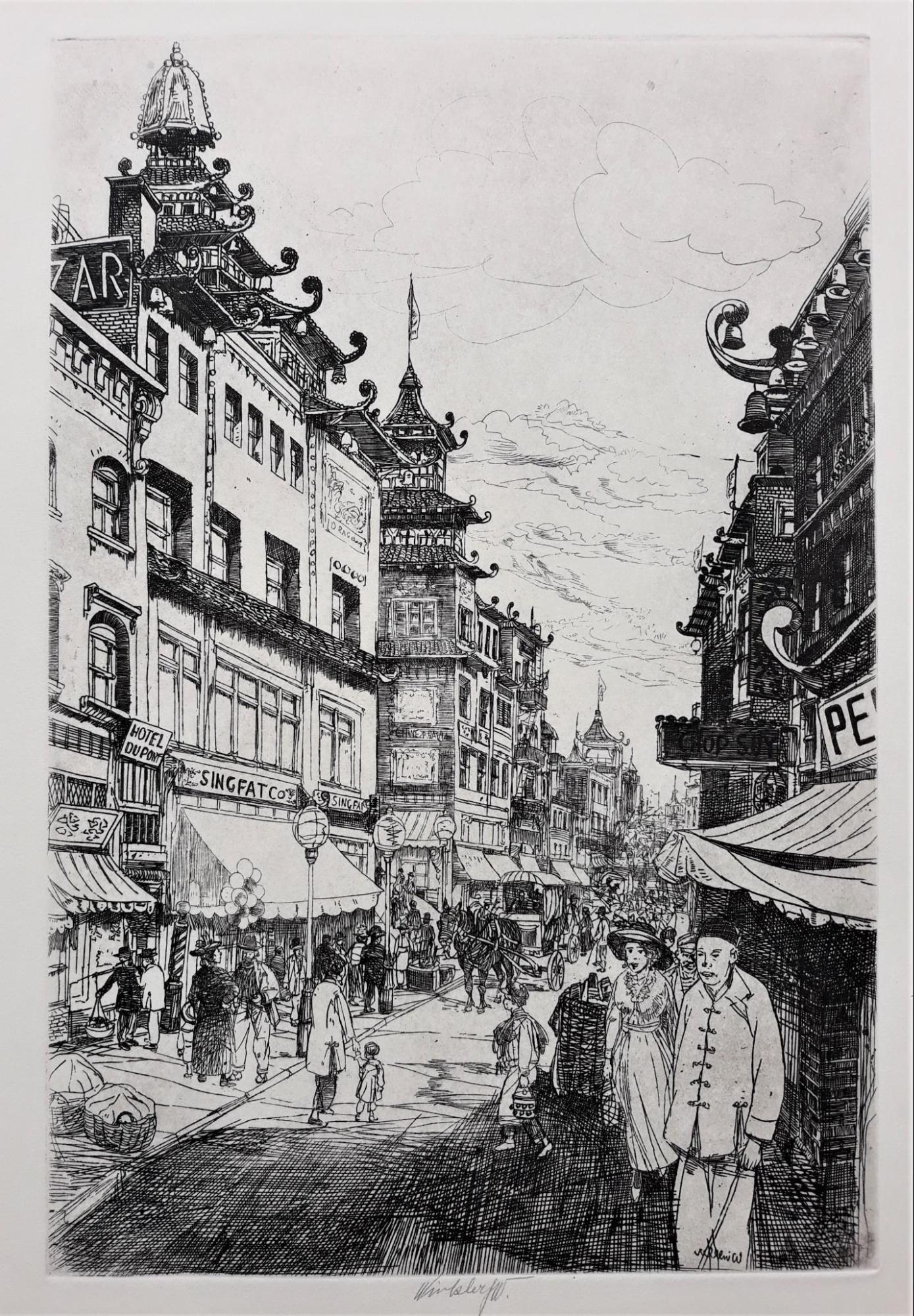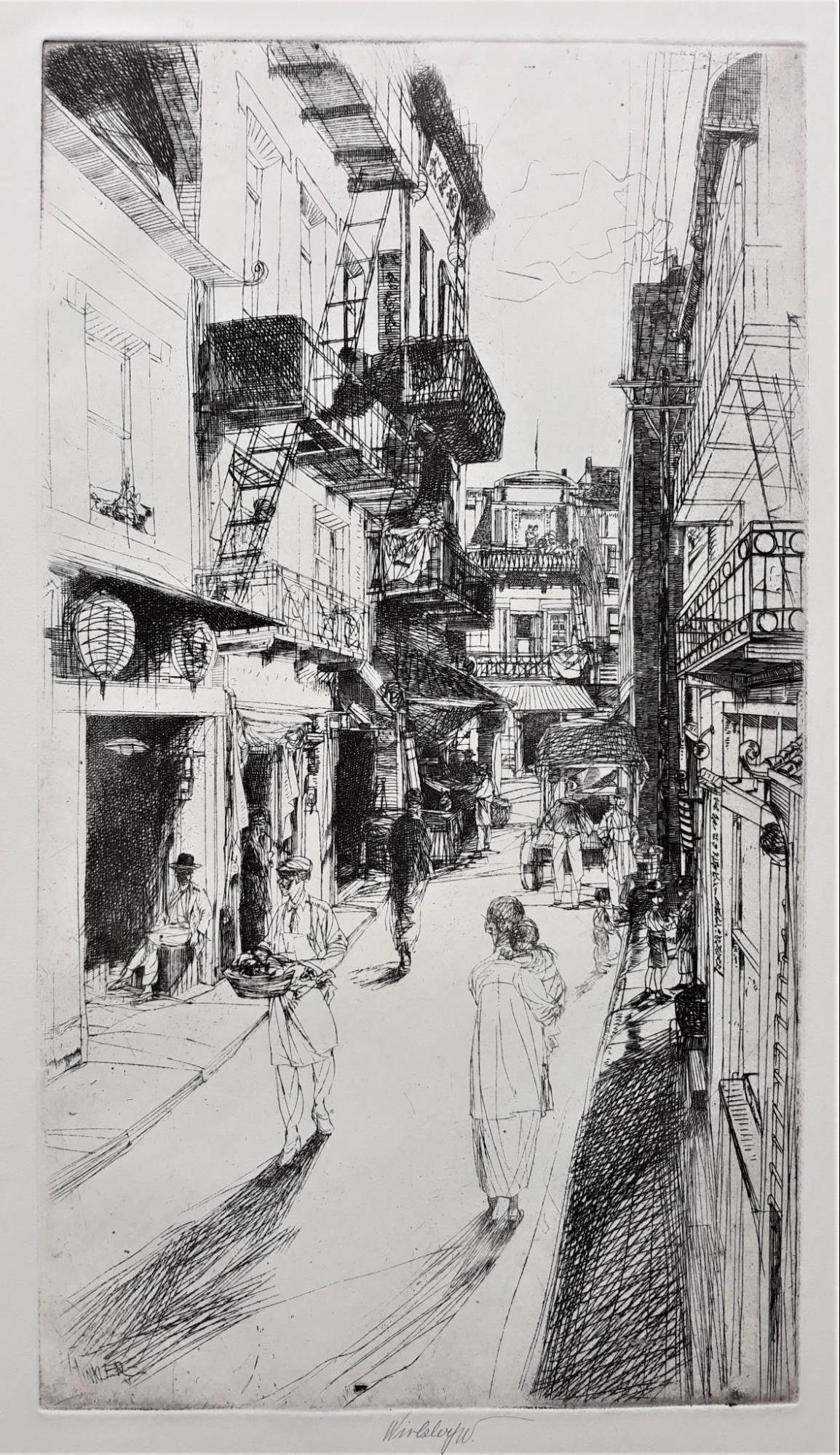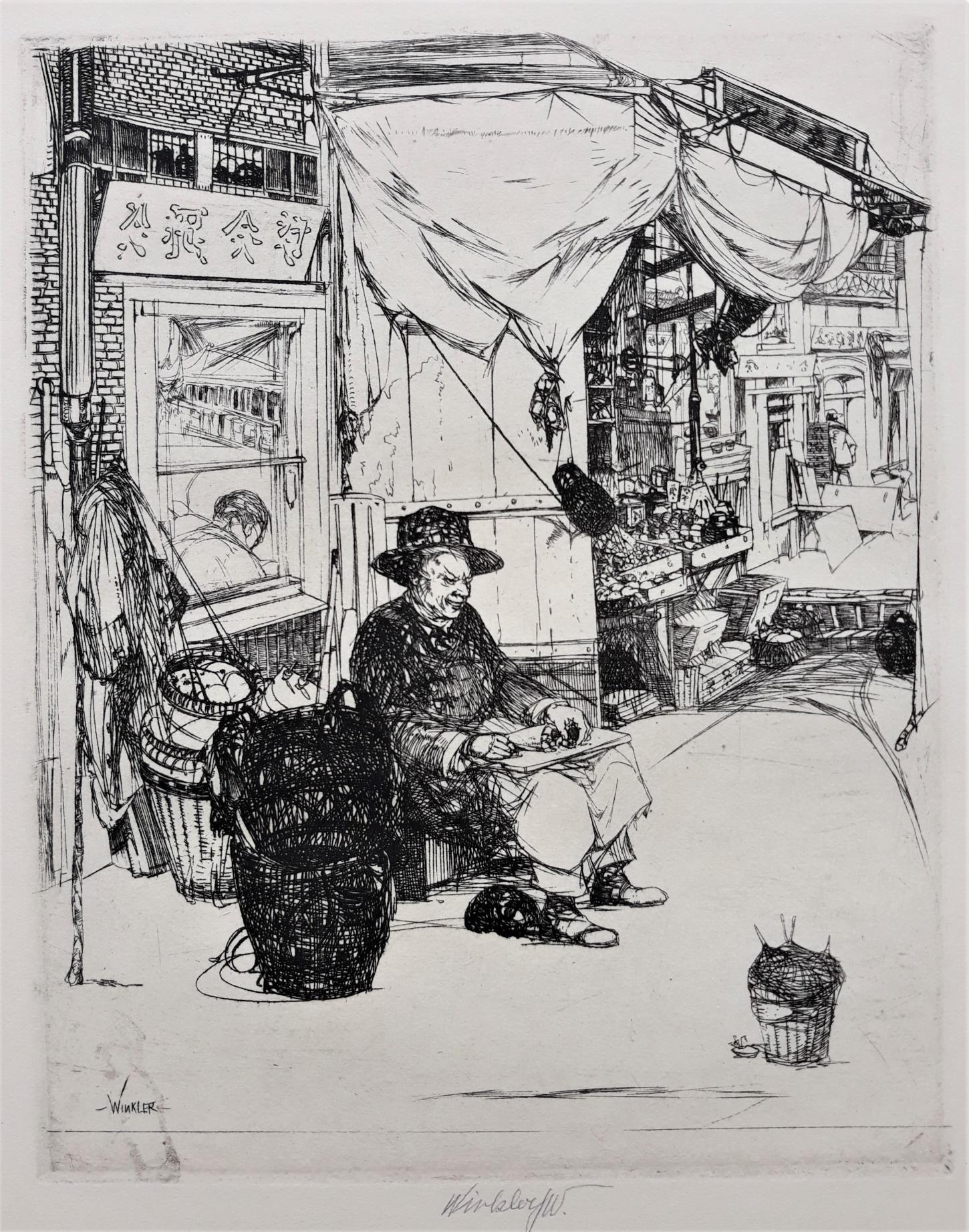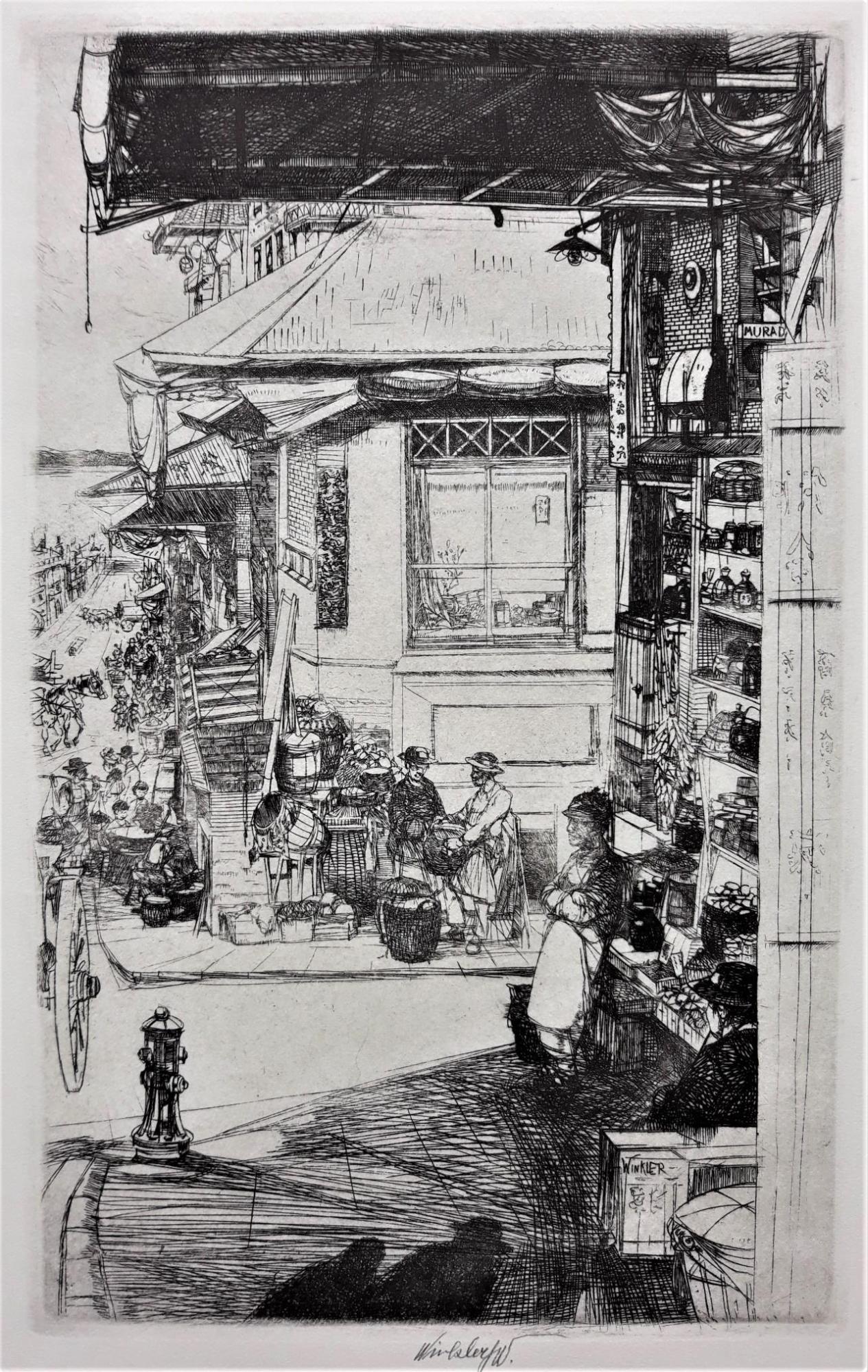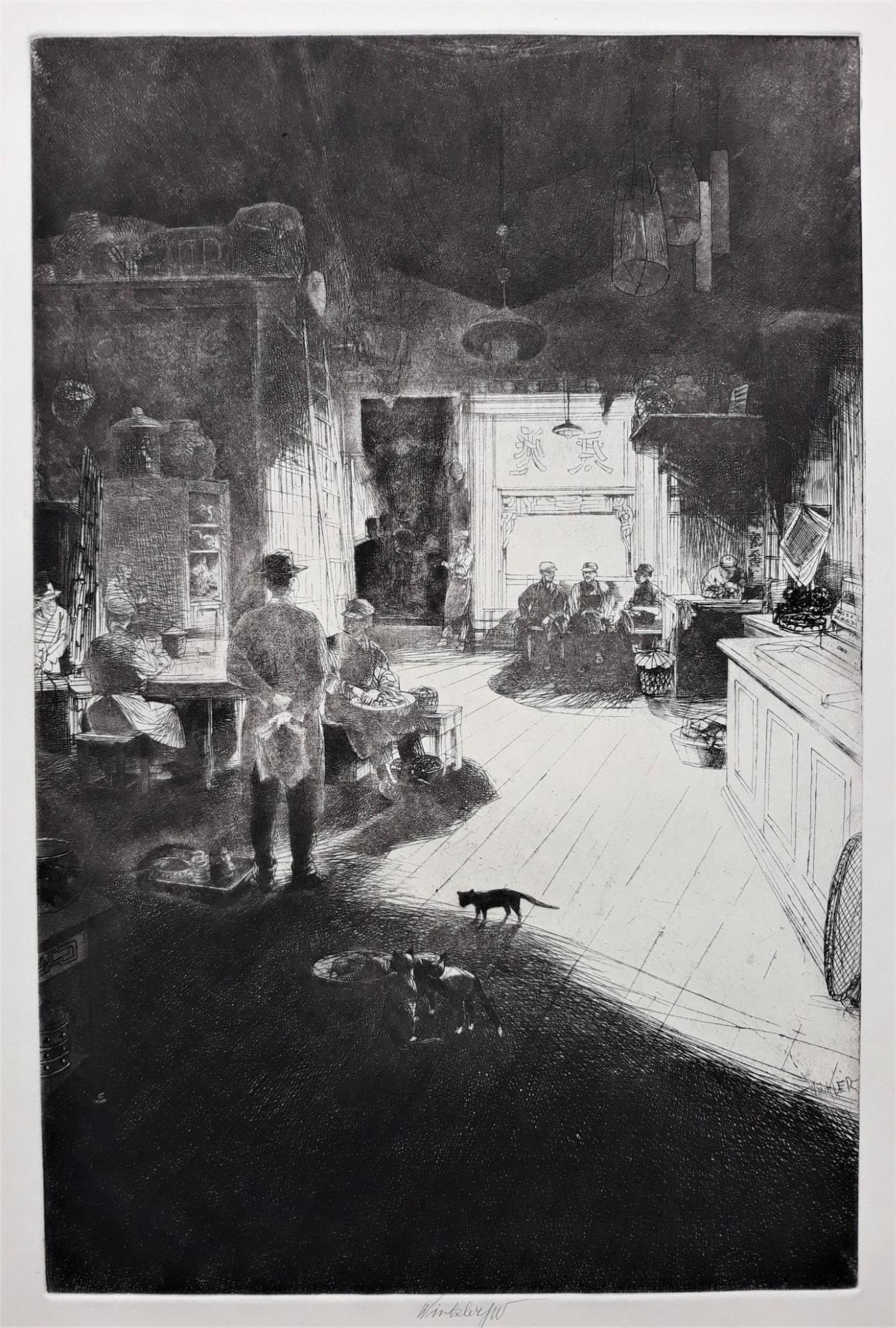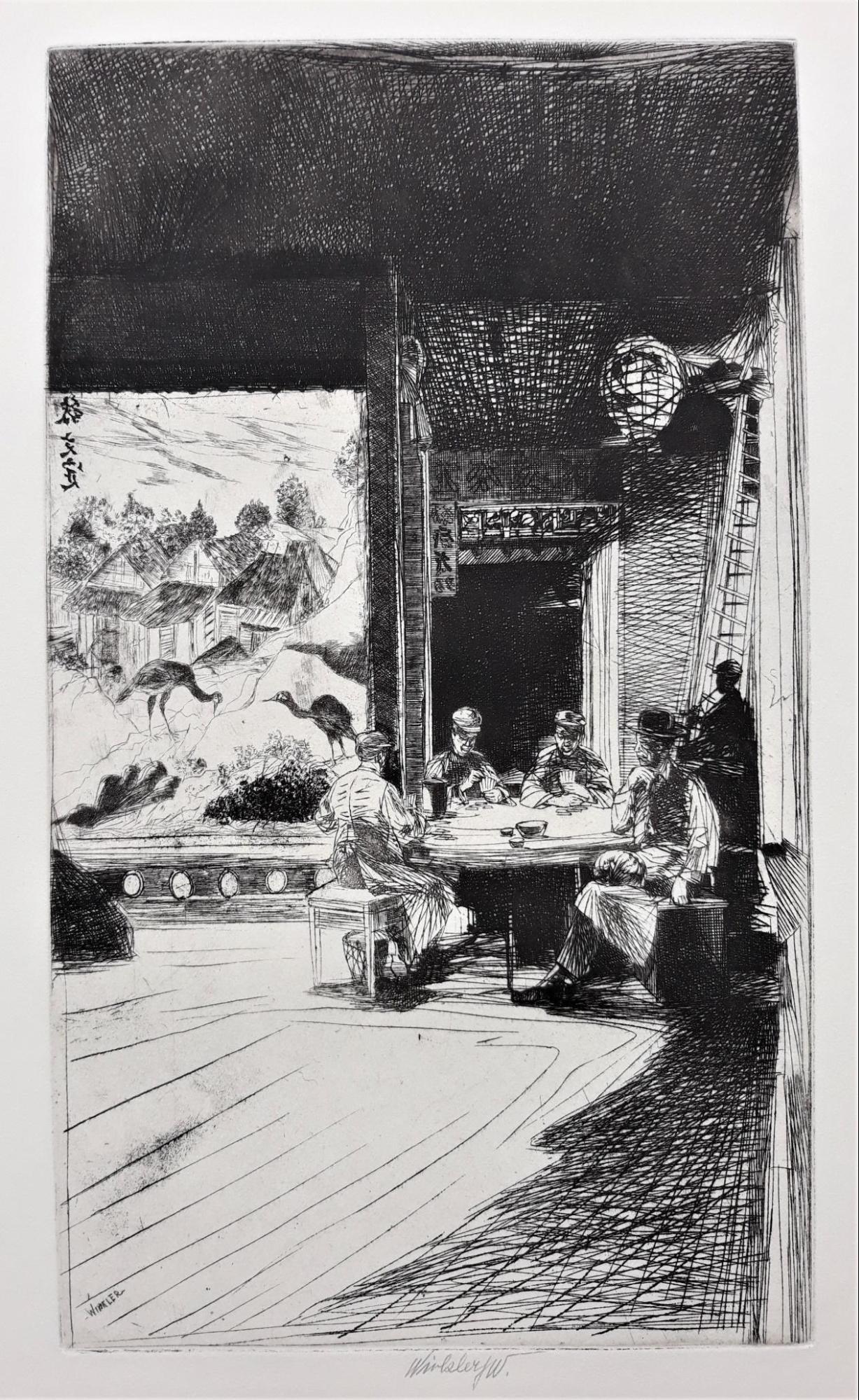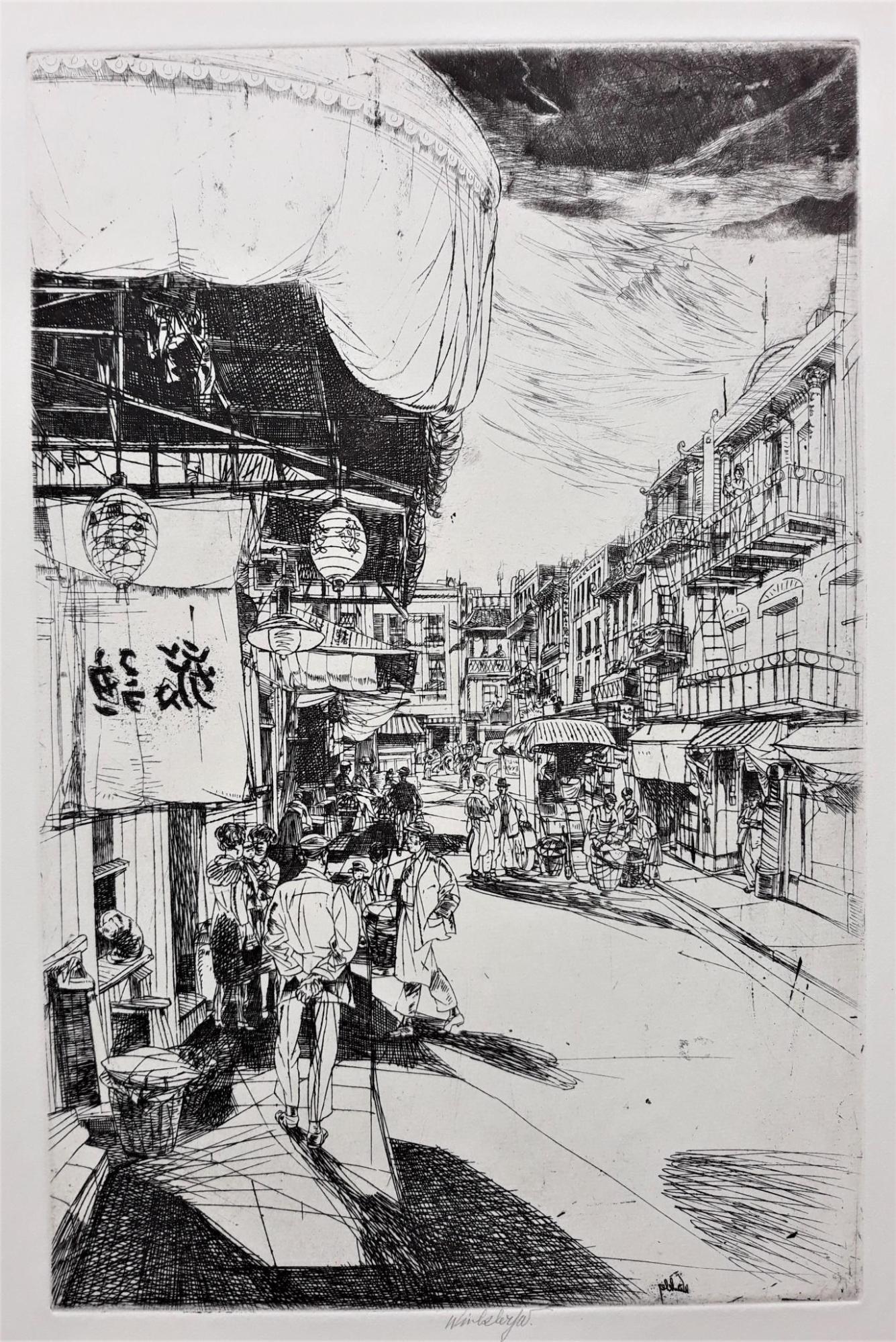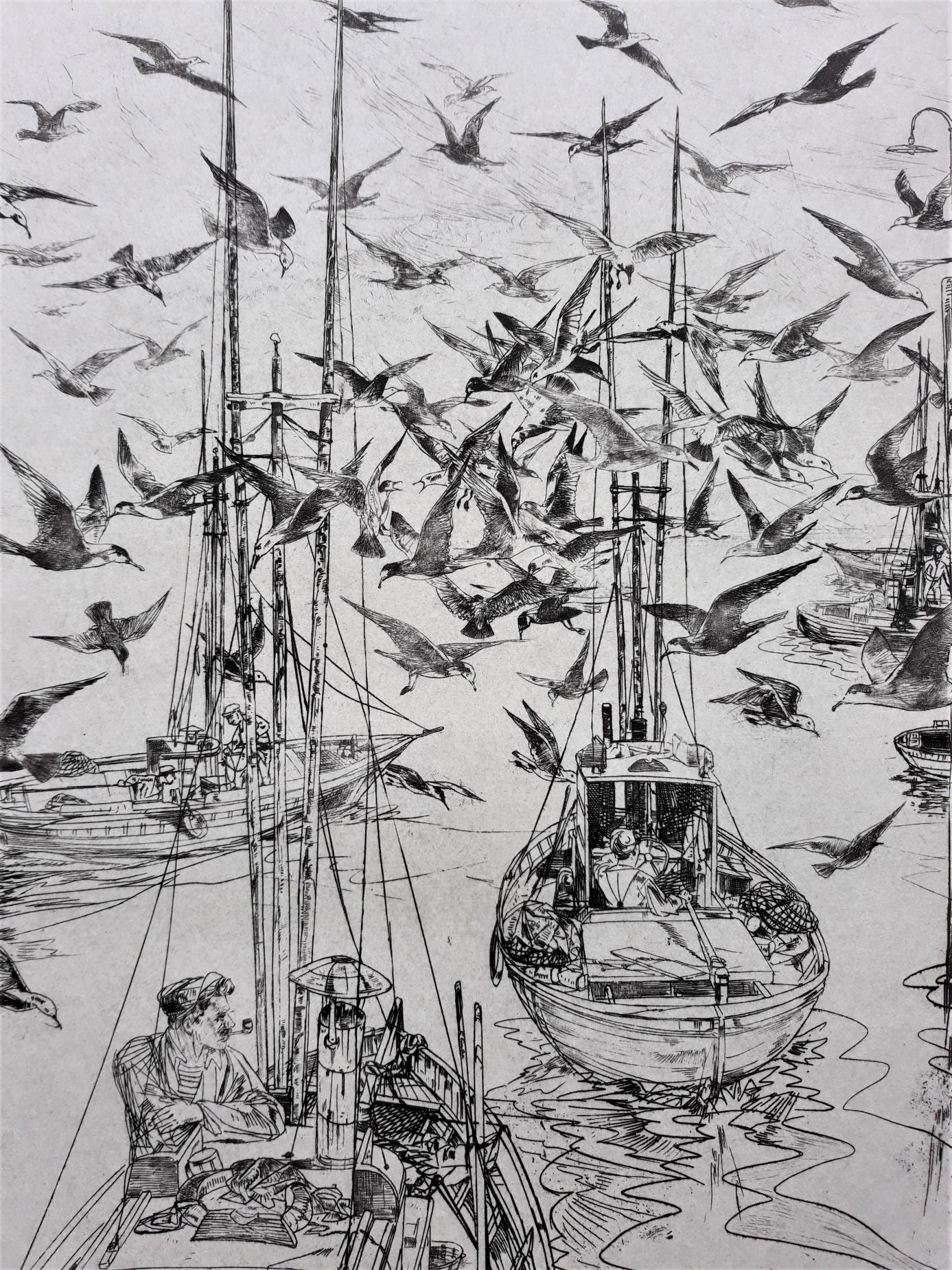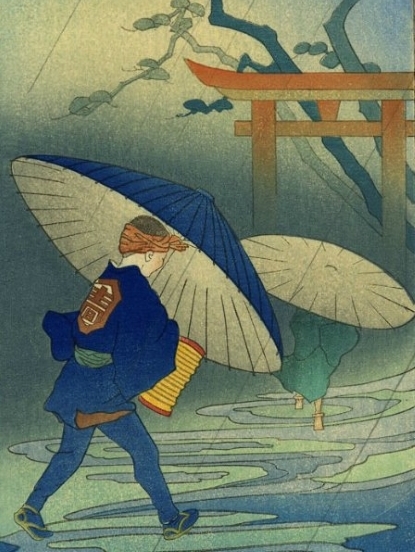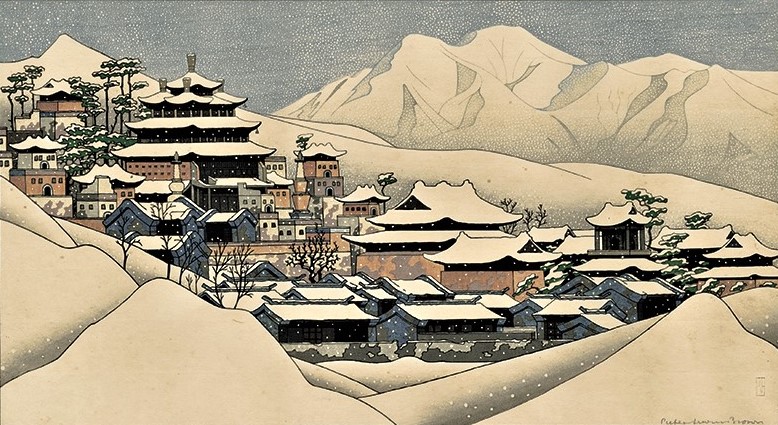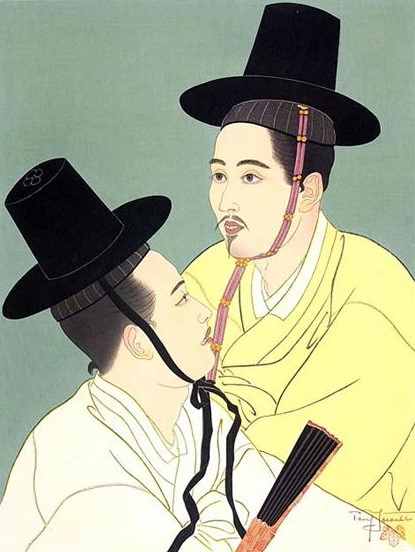JOHN WILLIAM WINKLER (1894-1979)
One might hesitate to introduce John Winkler into this review of the Far Eastern movement. He never traveled to Asia, was not influenced by "japanism" and had no great interest in Ukiyo-e Masters. He is included, however, for having been one of the most significant of the American artists who lived in San Francisco at the beginning of the 20th century and who “saw” Asia through Chinatown and its inhabitants. At the end of the 19th century, Helen Hyde, before making the leap to Japan, had had the same fascination for the children of Chinatown, and in the years 1910-1920, the Californians Ester Hunt, Leon Figheira or Joe Celona chose, in painting as in sculpture, the same subjects. All of them actively participated in forging a representation of the Far East in the Western imagination by giving it an attention, certainly a little distant, but curious and benevolent, like that brought, at the same time but with greater ambition, by the artists who had taken the step of emigrating there.
John Winkler was himself an immigrant who demonstrated an intense desire to assimilate to the country where he wanted to live, being a flamboyant witness to what was at the time the American dream of a part of Europe. Born in Vienna, Austria, he had escaped from his family environment at the age of 16 to try his luck in the United States, definitively changing his identity to the point that no one still knows his real birth name. After a year spent in Nebraska to "Americanize", he managed in 1912 to enroll at the San Francisco Institute of Art where he received a scholarship and learned drawing and the art of engraving for several years. He was fortunate to have as his main teacher the painter Theodore Wores (1859-1939), a great friend of James Whistler (1834-1903), both of whom were the best relays of "Japanism" in the United States. The engravings of Whistler which he discovered in 1915 had a strong influence on him. That same year, at his first exhibition at the Golden Gate Park Memorial Museum in San Francisco, his engravings stood alongside those of Theodore Wores and Helen Hyde. He's only 21 !
From 1916, he immersed himself in the depths of Chinatown and, for 5 years, drawing the daily spectacle of the streets while earning his living as a lamplighter! He was engraving his copper plates in the open air, drawing streets, shops, displays and characters, and, never satisfied, he constantly improved his creations back home, multiplying the states sometimes for several years, making always the work of print himself. In 5 years, at the cost of hard work, he managed to produce nearly 80 engravings, but some of which were finalized until ten years later. Very quickly perceived for the dexterity and originality of his drawings, he exhibited his works in New York, Chicago, Boston before benefiting from exclusive exhibitions in Los Angeles in 1920 and in San Francisco the following year.
1921 was a pivotal year : that of his American naturalization ; that of his meeting with the most famous American engraver of the time, Bertha Jaques (1863-1941), who had already helped him for several years to establish his notoriety ; and finally that of his departure for Europe. A new page in his career then opens : for 7 years, he spares his time between France and England, without modifying his style but by applying it to new scenes. He organizes several exhibitions in Paris and in London while continuing to benefit from sales in the United States through famous galleries.
After his return to the United States in 1928, he continued more modestly but for about fifty years to maintain the interest of his followers, with the support of John Taylor Arms (1887-1953), a renowned and wealthy American engraver who saw in Winkler a real Master more accomplished than himself.
He died in 1979 in his adopted California.
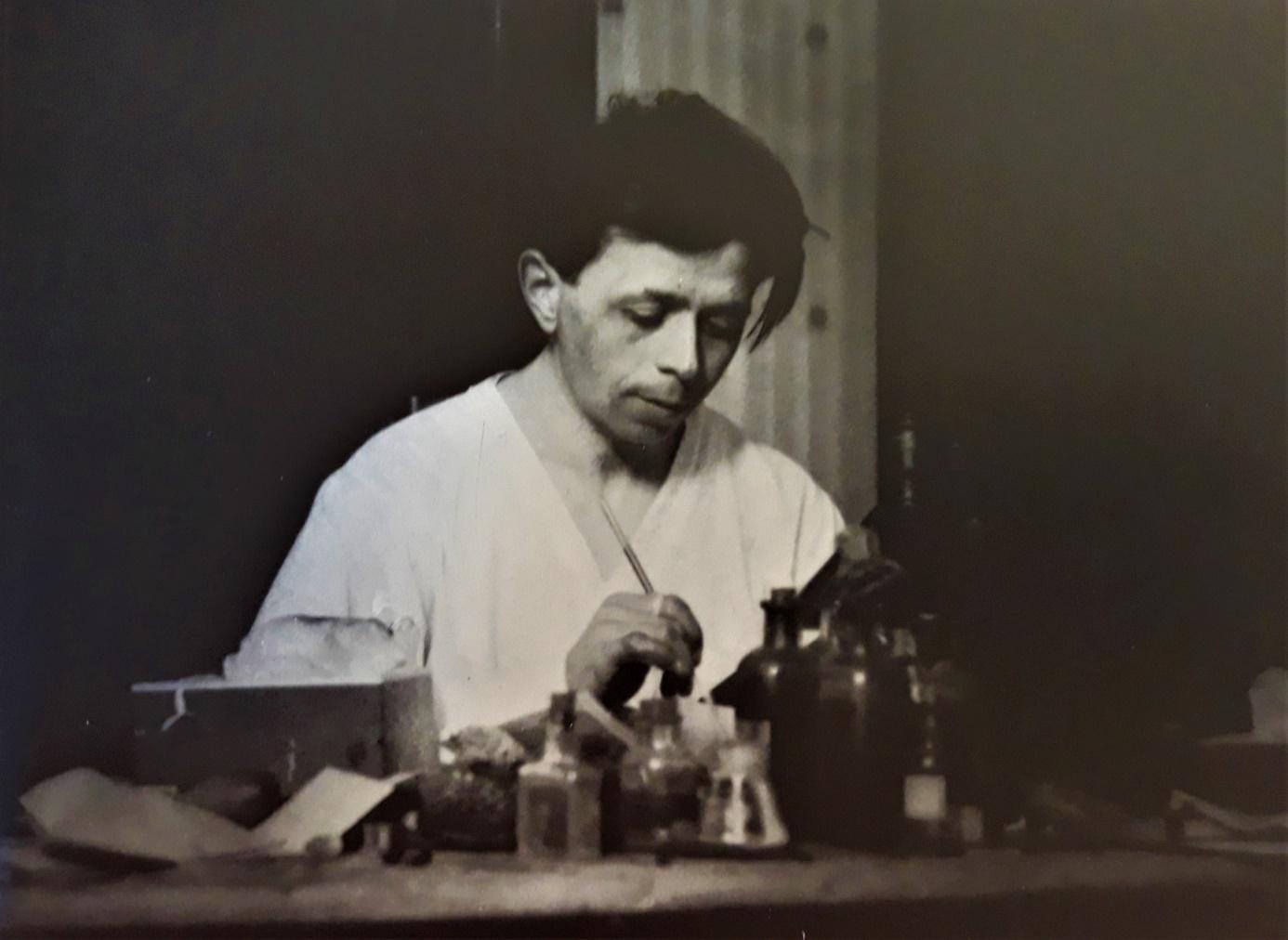
Bibliography :
- John W. Winkler, American Etcher, by Mary Millman and Dave Bohn, Capra Press, Santa Barbara, 1994
The collection
